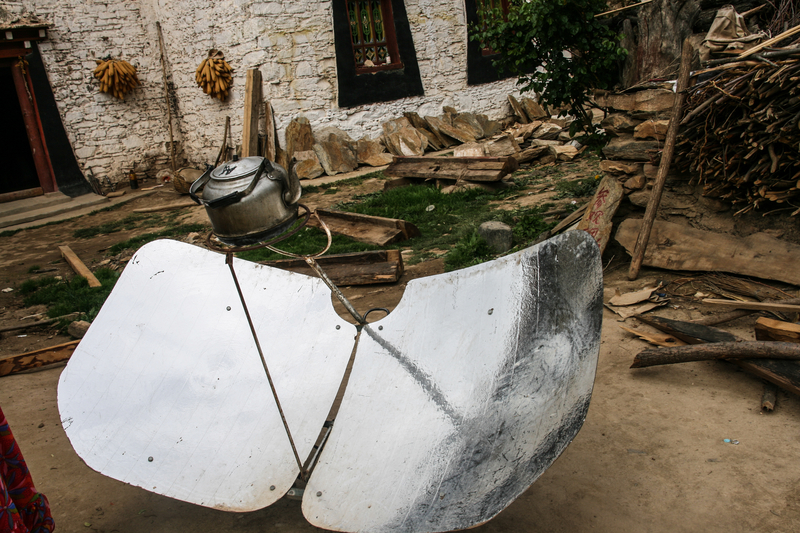It is always ideal to practice first on the items listed below. If only because you want to make certain these are the tools for you! Some people prefer propane while others merely want cooking bags. It is all up to the individual!
5 Ways to Still Get a Hot Meal When the Power Goes Out

Mini Folding Camp Stove with Canned Fuel
These tiny folding stoves fold flat for storage, and are basically designed to give you a larger, flatter surface to cook on that fits over the top of a small, round fuel container (Sterno or liquid canned fuel). Heating output is limited, so this option is better for warming or reheating than cooking an entire meal from scratch. Safe inside or out, as long as there is some ventilation. Sterno cans are used for hours on buffets. These tiny stoves are fold up very small, so they would be good for an emergency pack or bug out bag.Meals that Heat Themselves/Portable Cooking Bags
One of the simplest methods of heating food without power is food packaging with built in heating elements. A twist, snap or shake triggers a chemical reaction in some portion of the packaging (for instance, twisting the bottom of a soup container). This chemical reaction produces enough heat to warm the contents of the container. Some MREs (Meals Ready to Eat) include this option in their packaging. To the best of my knowledge, no natural/organic options at this time.Charcoal Grill – For Exterior Use Only
Less common than they used to be, charcoal grills are still used by some – including yours truly. They have the same limitations as propane grills, and may be even less practical for small amounts of cooking or long. slow cooking. If you have one, do invest in a cylindrical chimney starter to get your briquettes lit without starter fluid. Much less expensive, plus you skip the extra dose of chemicals. Plan for extra time (20-3o minutes) for the grill to get up to temp for cooking.Propane Grill – For Exterior Use Only
Your standard propane grill can do double duty as a summer party mainstay and an emergency backup stove. The positive on this one is that many people already have these stoves and know how to use them. The down side is that they are not safe to use indoors and can be quite unpleasant, if not impossible, to sue during really nasty weather, such as blizzards or hurricanes. Keep a spare propane container on hand. Note: Always store your propane cylinder outside and upright in a protected location – not inside a house or garage or near combustible materials. Avoid conditions where it will rust, potentially causing cylinder failure.Solar Cooker – For Exterior Use Only (unless perhaps you’re in a very sunny area…)
A better option in warmer, sunnier climates, solar cookers can be used to make everything from baked goods to main dishes. Designs range from a tire tube with a piece of plexiglass over the top to heavy duty commercial cookers and solar distillers. Solar heat can also be used to dry foods. Check out “What’s the Best Solar Cooker?“, “Getting Started with Solar Cooking” and “Getting Started with Home Food Drying” for more information.
And there are many more options, including a wood cook stove or masonry stove with a bake oven, over on Common Sense Homesteading.
The point is, there are many options out there for both indoor and outdoor cooking. All we have to do is sit back, take in the choices, and decide which or how many of the cooking stoves we are willing to use. What will work best for us?
After all, one man’s propane tank may be another’s Kryptonite! Have a hot meal and enjoy the research!
Pages: 1 2
It’s called fire